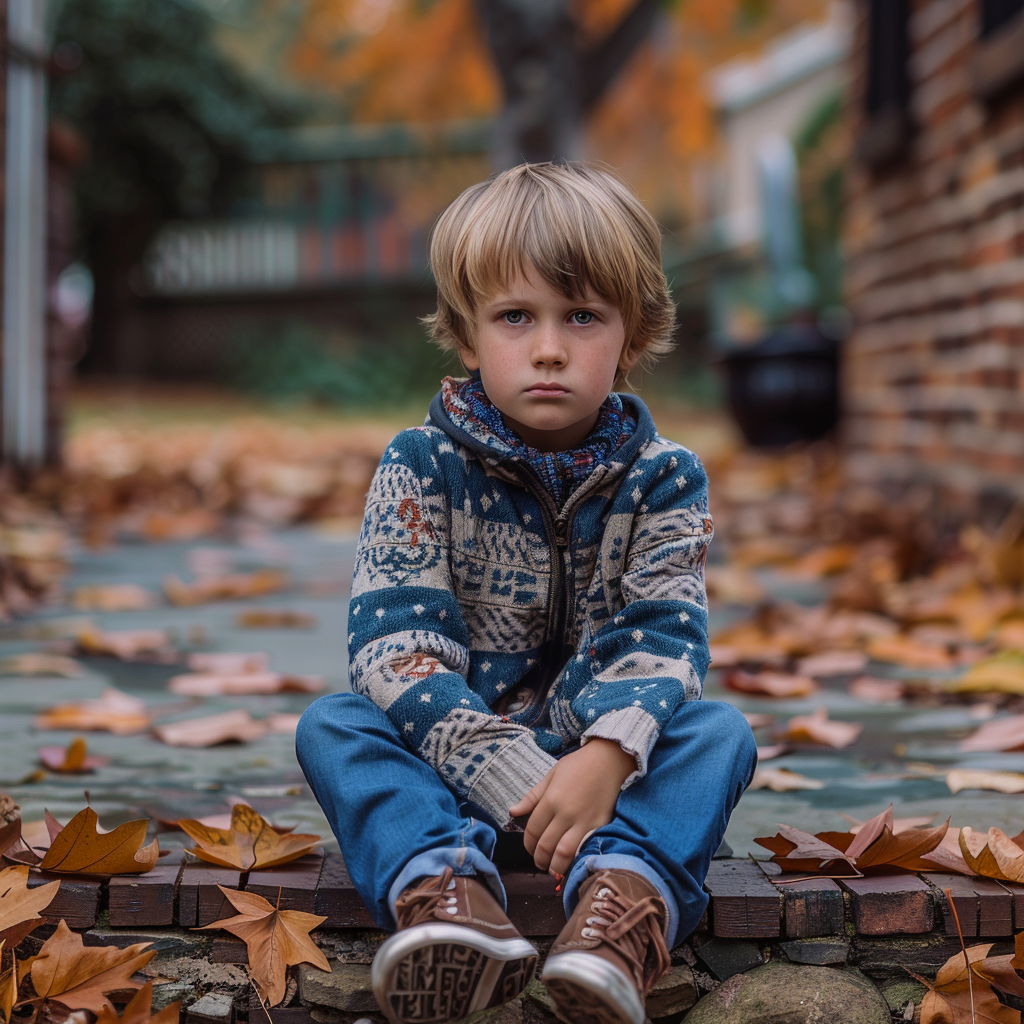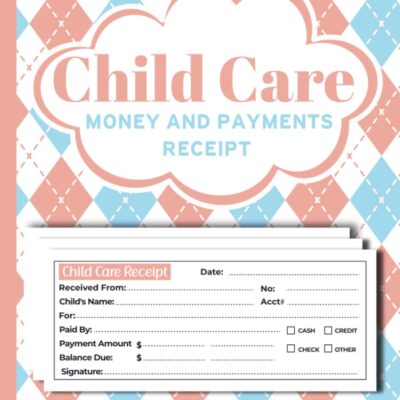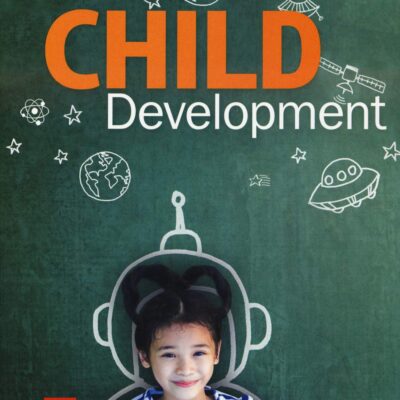Neighborhood kids bullying parents! We all want our kids to be happy and safe, especially in their neighborhoods.

Neighborhood kids bullying might be less friendly than we’d hoped, making our children feel bad. If you’re dealing with this challenging situation, don’t worry—you’re not alone. Let’s explore some practical, compassionate steps you can take to help your child navigate these rough waters.
Understanding the Situation
i. Identifying the Problem
First things first, let’s figure out what’s going on. Neighborhood issues can include bullying, being left out, or teasing. Each of these can make a child feel miserable. So, how do we pinpoint the problem?
ii. Talk to Your Child
Start with a heart-to-heart conversation. Ask gentle, open-ended questions like:
- “I noticed you seem down after playing with the kids. Want to tell me what’s going on?”
- “How do you feel about hanging out with the neighborhood kids?”
The goal is to get your child to open up. Let them talk without interruption and show them you’re listening.
iii. Observe Interactions
Sometimes, kids only share some things. So, keep an eye on how your child interacts with others. Look for signs like:
- Body Language: Are they tense or anxious?
- Behavioral Changes: Are they avoiding going outside or acting out?
These clues can help you understand what your child might be unable to articulate.
Addressing the Issue with Your Child
i. Empower Your Child
It’s essential to help your child feel confident in handling challenging situations. Teach them assertive communication—standing up for themselves without being aggressive. It can be fun and helpful to play a role practice this. Also, remind them that it’s okay to ask for help from a trusted adult.
ii. Build Self-Esteem
Confidence is key. Here’s how to boost your child’s self-esteem:
- Positive Reinforcement: Praise their efforts and achievements, no matter how small.
- Activities and Interests: Encourage hobbies and interests in which they enjoy and excel.
- Quality Time: Spend time together doing things they love. This shows them they are valued and loved.
These steps can help your child feel more secure and resilient.
Interacting with the Neighborhood Kids
i. Encourage Positive Play
Let’s turn those negative interactions into positive ones. Organize activities that promote teamwork and cooperation:
- Team Sports: Soccer, basketball, or any team sport can help build friendships.
- Creative Projects: Art projects or building something together can foster collaboration.
- Games and Challenges: Games that require teamwork can encourage positive interactions.
These activities help all the kids get along better and create a more inclusive environment.
ii. Teach Empathy and Kindness
Empathy and kindness go a long way. Here’s how to instill these values:
- Modeling Behavior: Show empathy and kindness in your interactions. Kids learn by watching us.
- Discussing Feelings: Talk about how actions affect others. Help your child understand the importance of kindness.
- Books and Stories: Share stories that highlight empathy and kindness.
Teaching these values can make a big difference in how kids treat each other.
Communicating with Other Parents
i. Open Dialogue
Let’s talk to the other parents if things aren’t improving. Here’s how to approach this:
- Be Calm and Respectful: Approach the conversation calmly. Use “I“ statements like, “I’ve noticed my child seems upset after playing outside.”
- Share Observations: Provide specific examples. This helps other parents understand the issue without feeling defensive.
- Collaborative Solutions: Suggest working together to find a solution. This could involve setting playtime rules or organizing supervised activities.
Effective communication can lead to collaborative efforts to solve the problem.
ii. Community Efforts
Building a supportive community can make a big difference. Here are some ideas:
- Neighborhood Gatherings: Organize regular playdates or gatherings to foster positive relationships.
- Workshops and Programs: Participate in workshops that teach conflict resolution and cooperation.
A strong sense of community can prevent negative interactions and promote a positive environment for all kids.
Seeking External Help
i. School and Community Resources
If things need to be improved, consider seeking external help. Here’s what you can do:
- School Counselors: Contact your child’s school counselor for advice and support. They can provide valuable resources.
- Community Programs: Look for community programs or support groups that address bullying and negative interactions.
External resources can offer professional guidance to help your child.
ii. Legal and Safety Concerns
In severe cases where behavior crosses into harassment or abuse, you may need to involve legal authorities. Here’s what to do:
- Documentation: Keep a record of incidents. This can be helpful if legal action is necessary.
- Legal Advice: Seek legal advice if needed. Understanding your options can help protect your child.
- Safety Measures: Ensure your child’s safety by supervising playtime or setting boundaries.
Your child’s safety is the top priority; sometimes, legal action may be necessary.
Conclusion
Neighborhood kids bullying dealing with neighborhood kids and making your child feel bad is tough, but you’re not alone. You can make a big difference by understanding the problem, empowering your child, fostering positive interactions, communicating with other parents, and seeking external help when needed. Your support and proactive efforts can significantly impact your child’s well-being and help create a positive environment for all children in the neighborhood.





